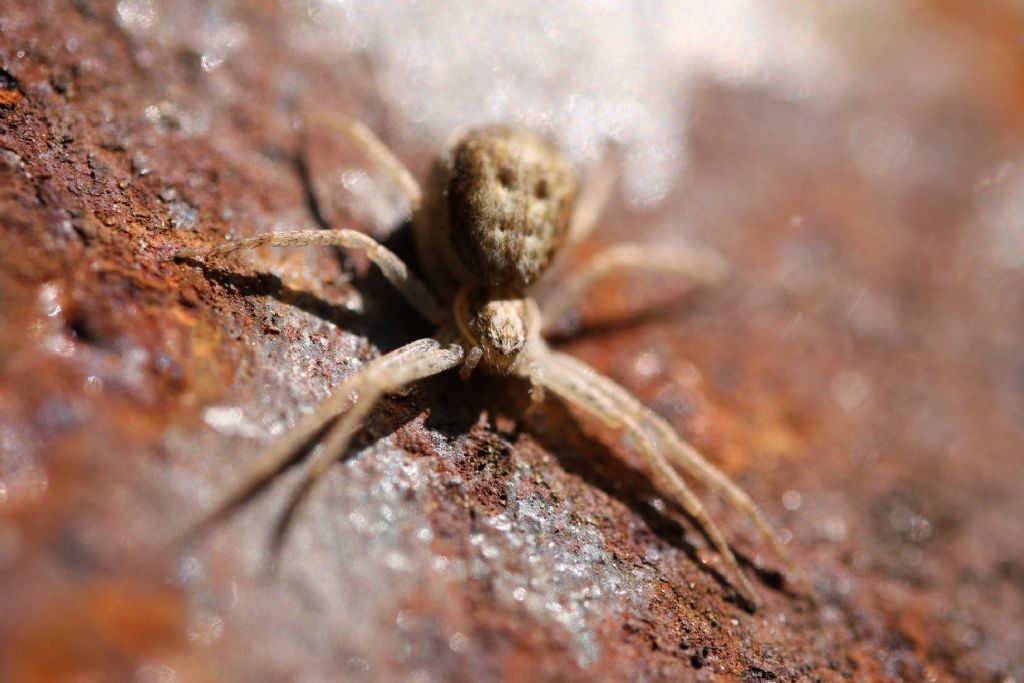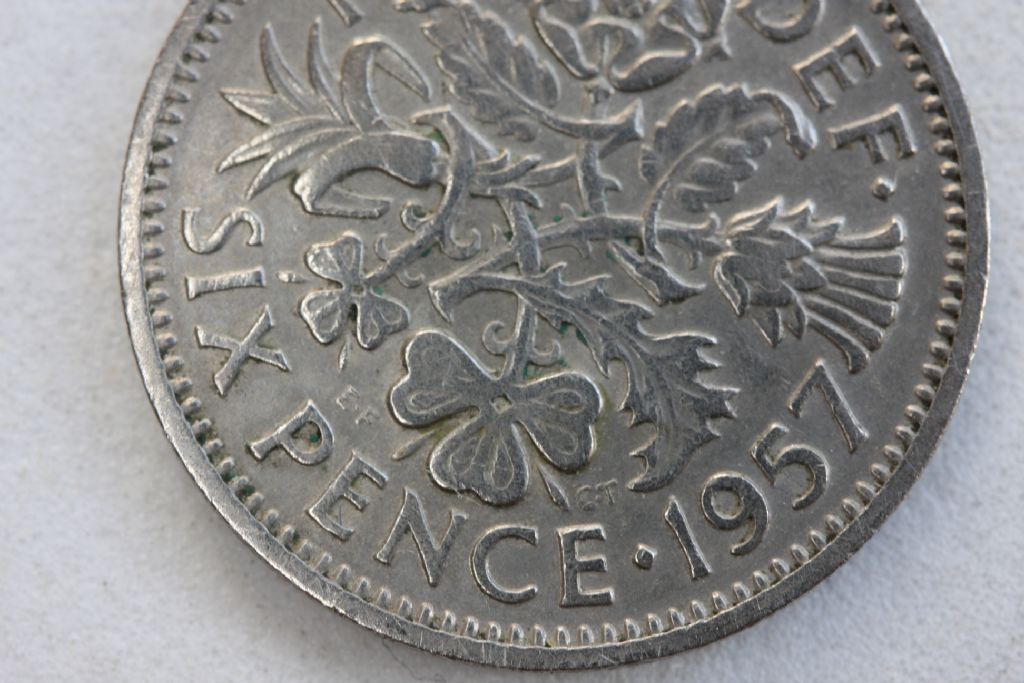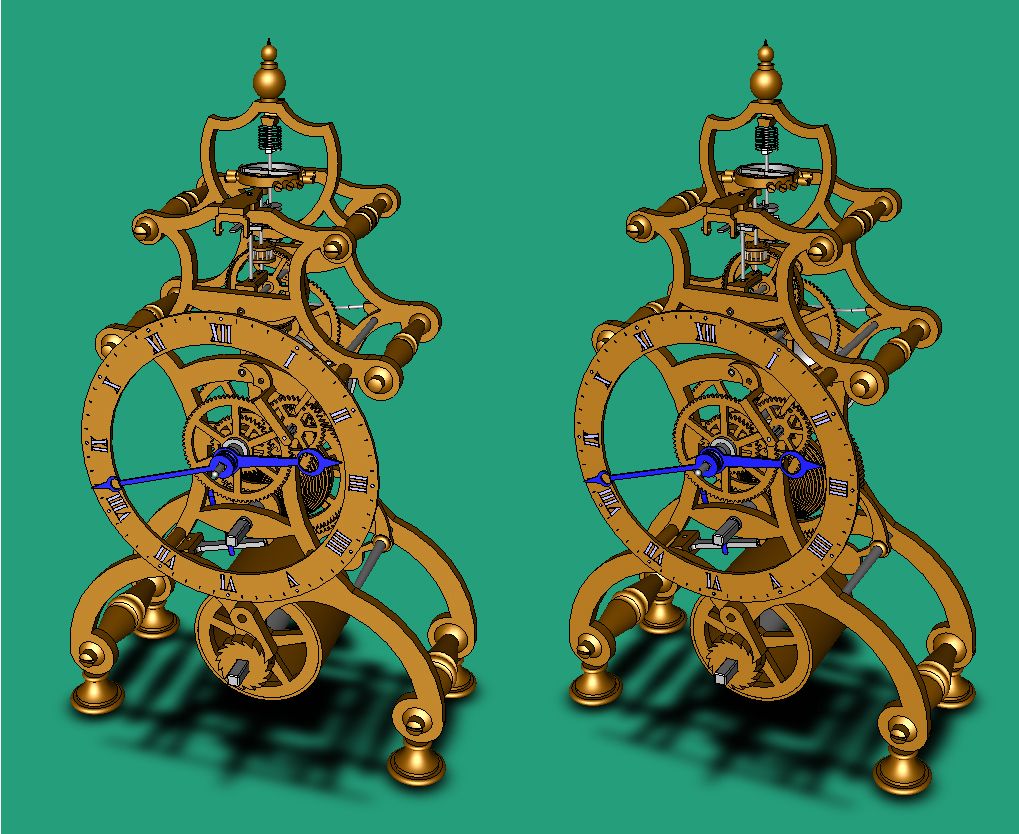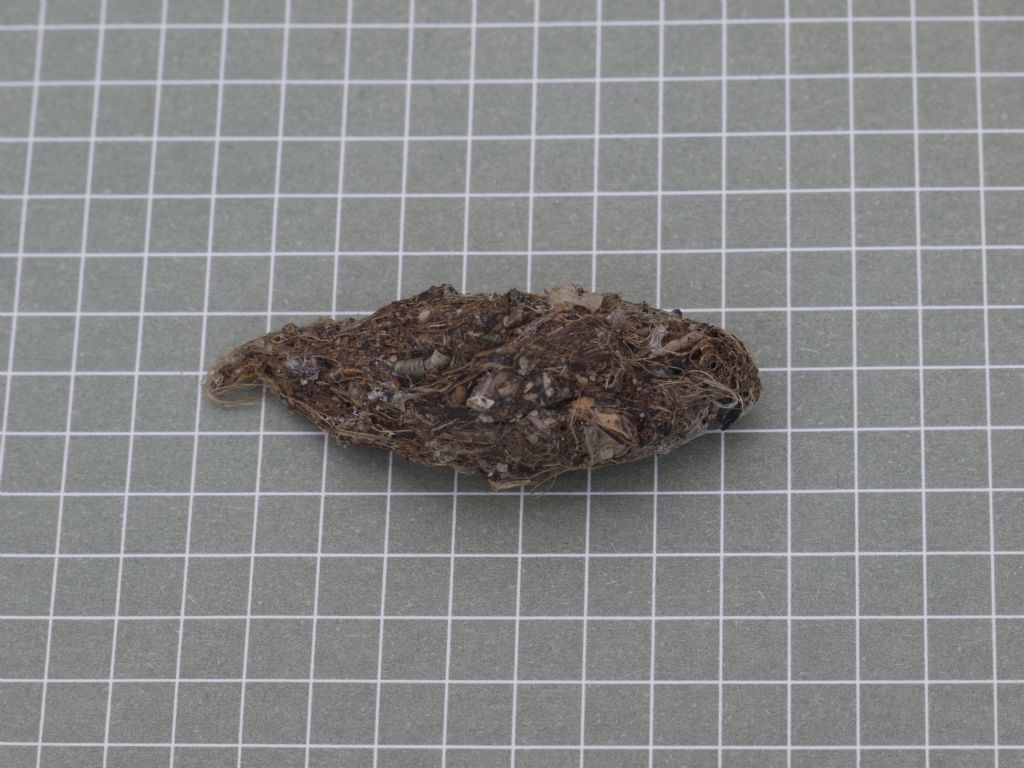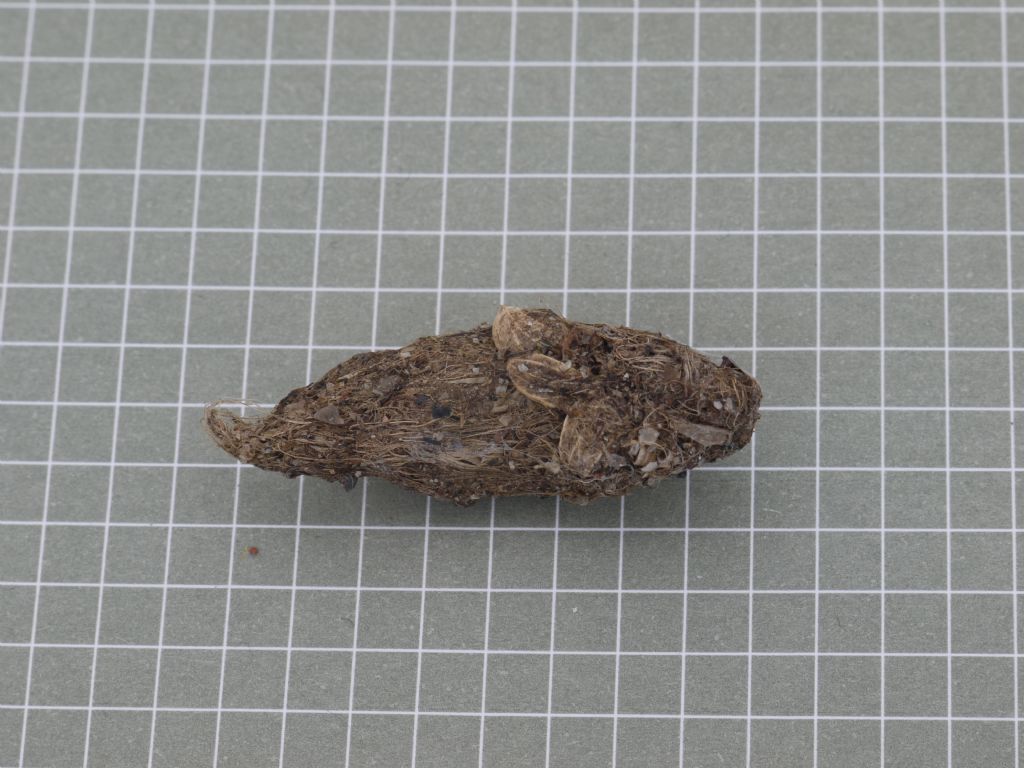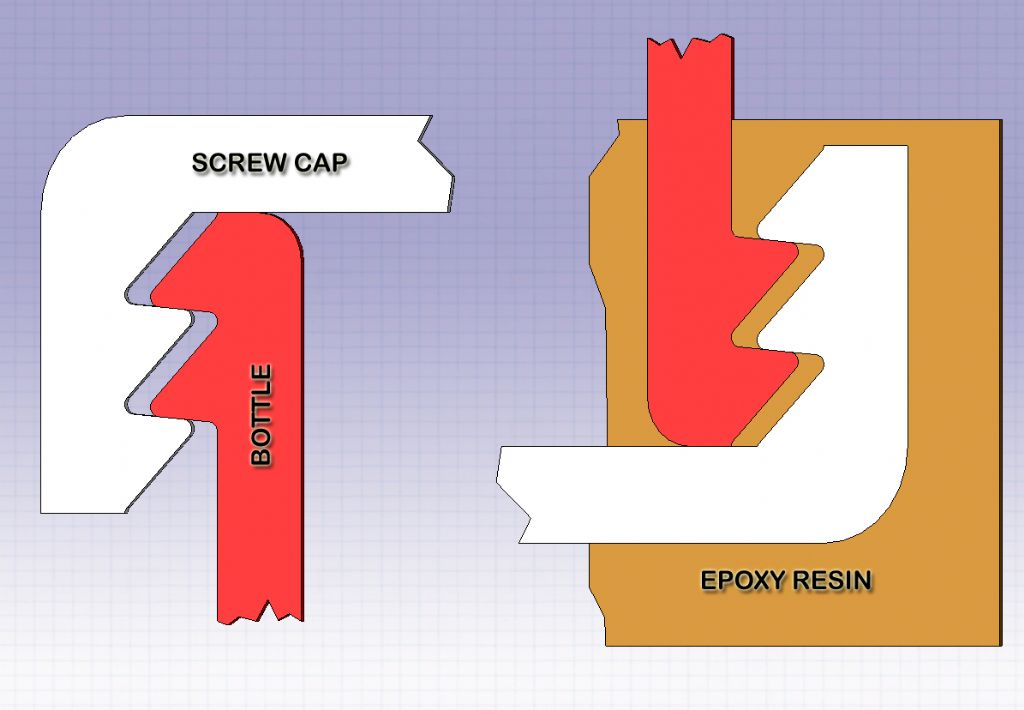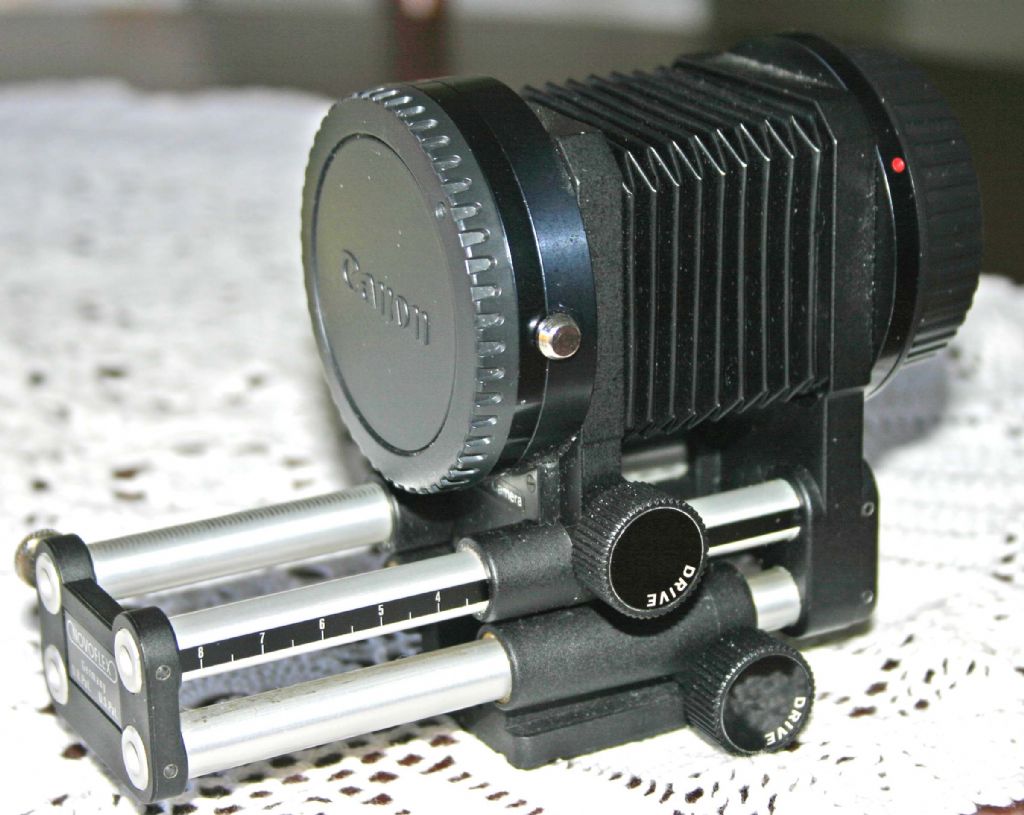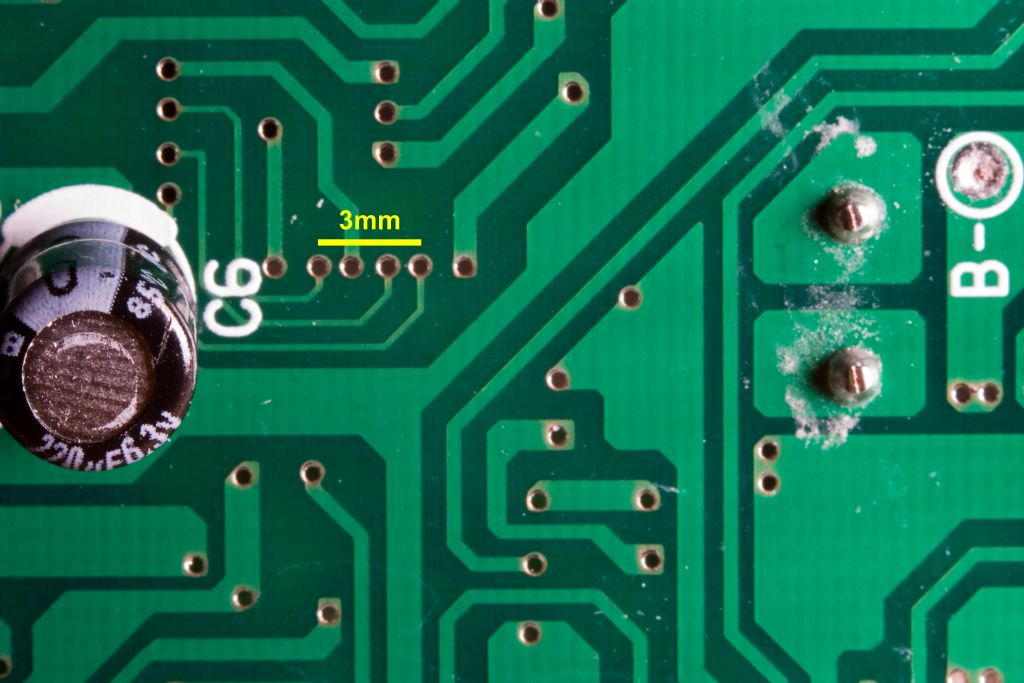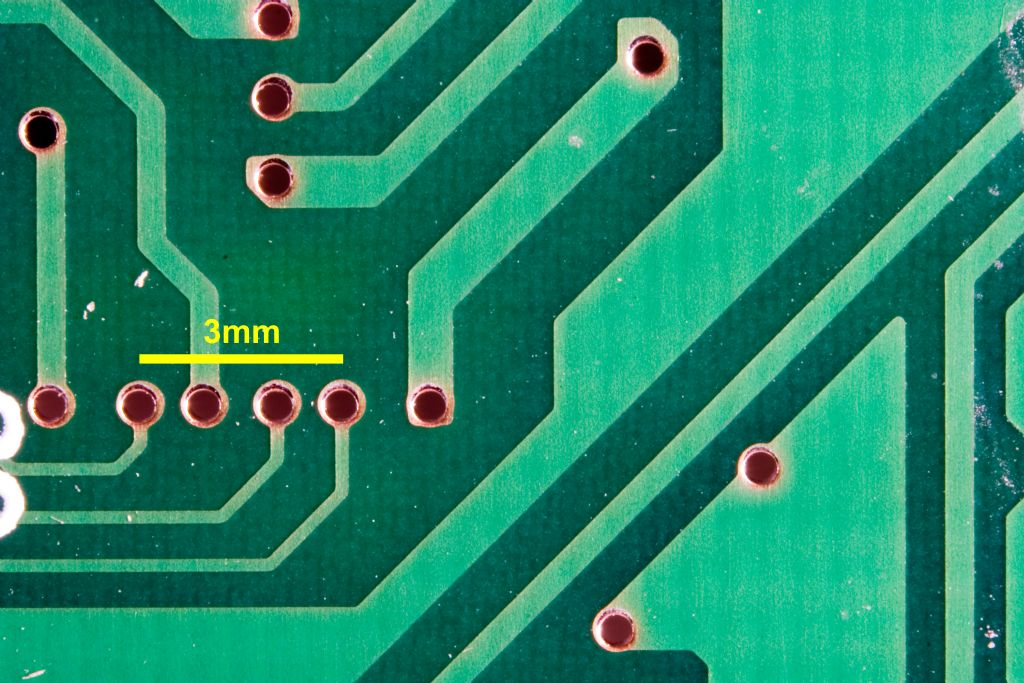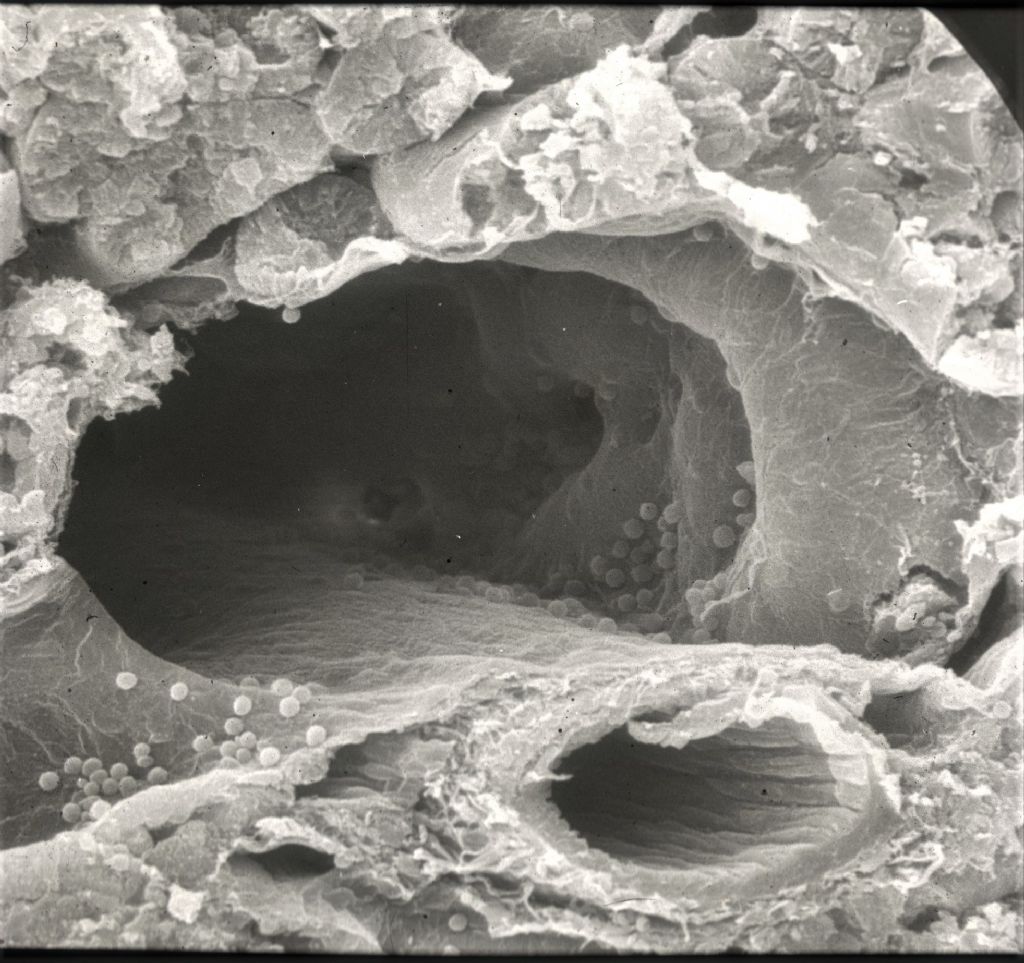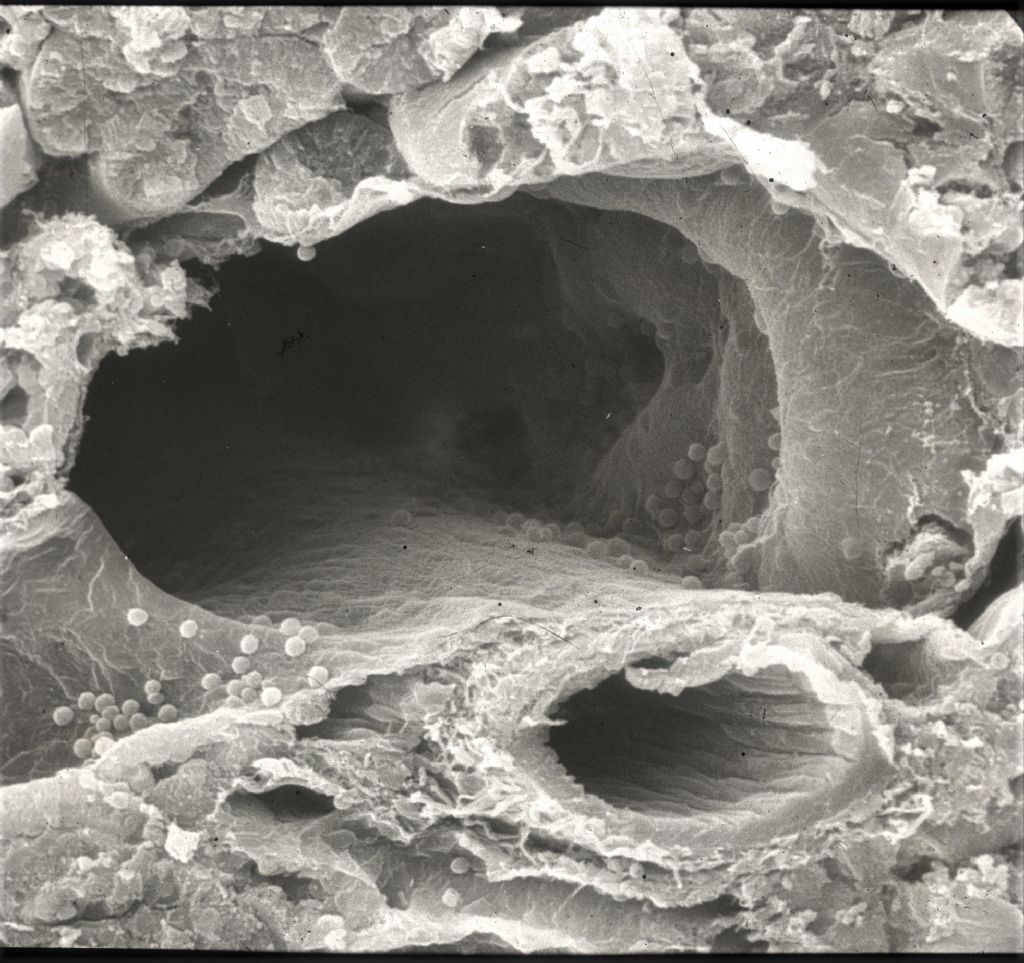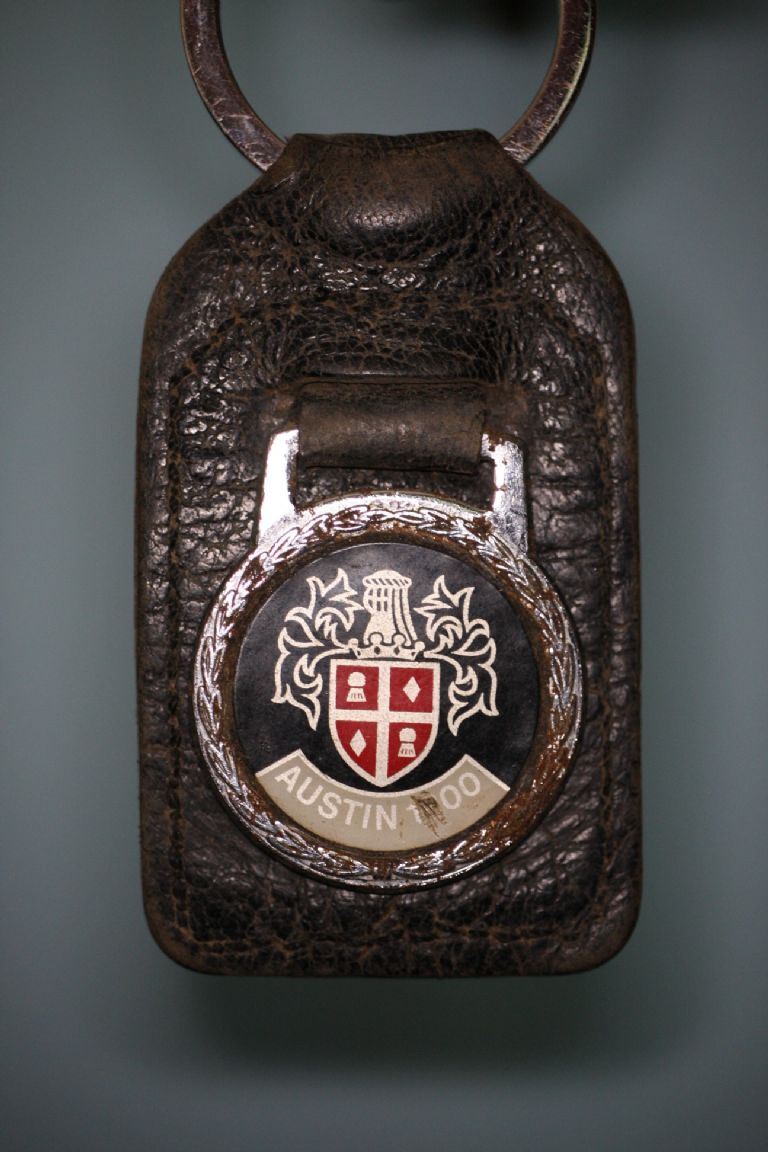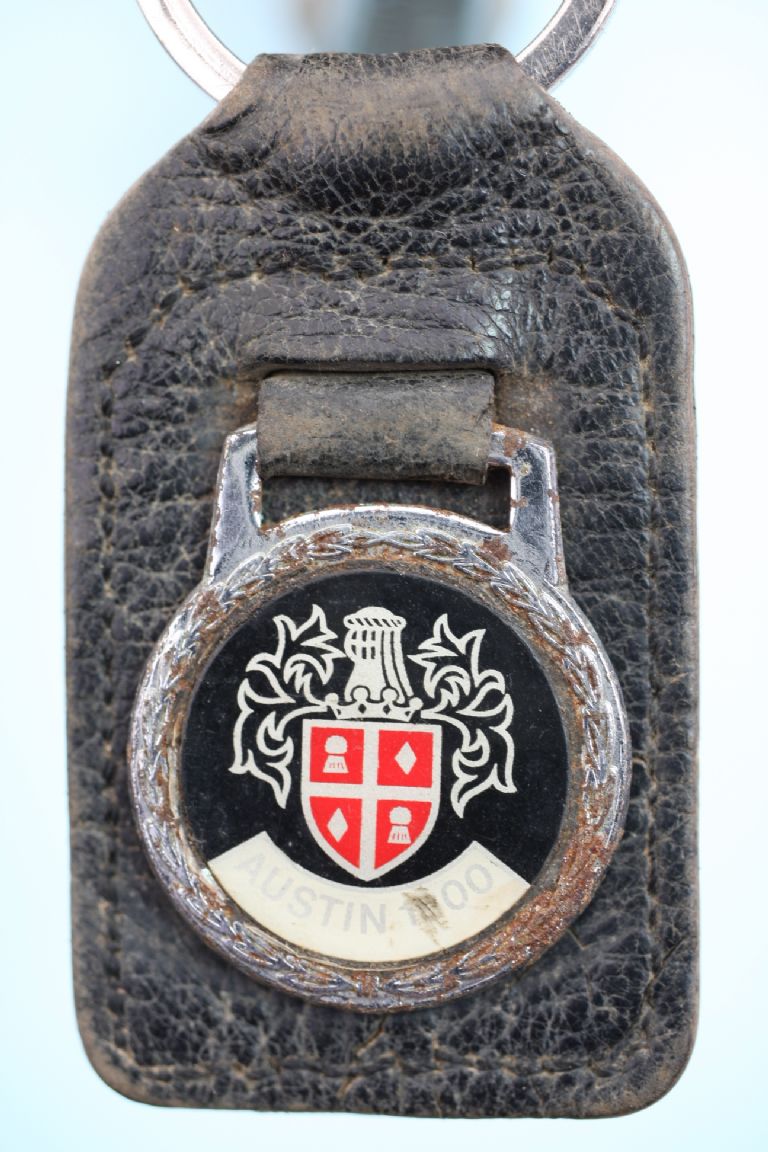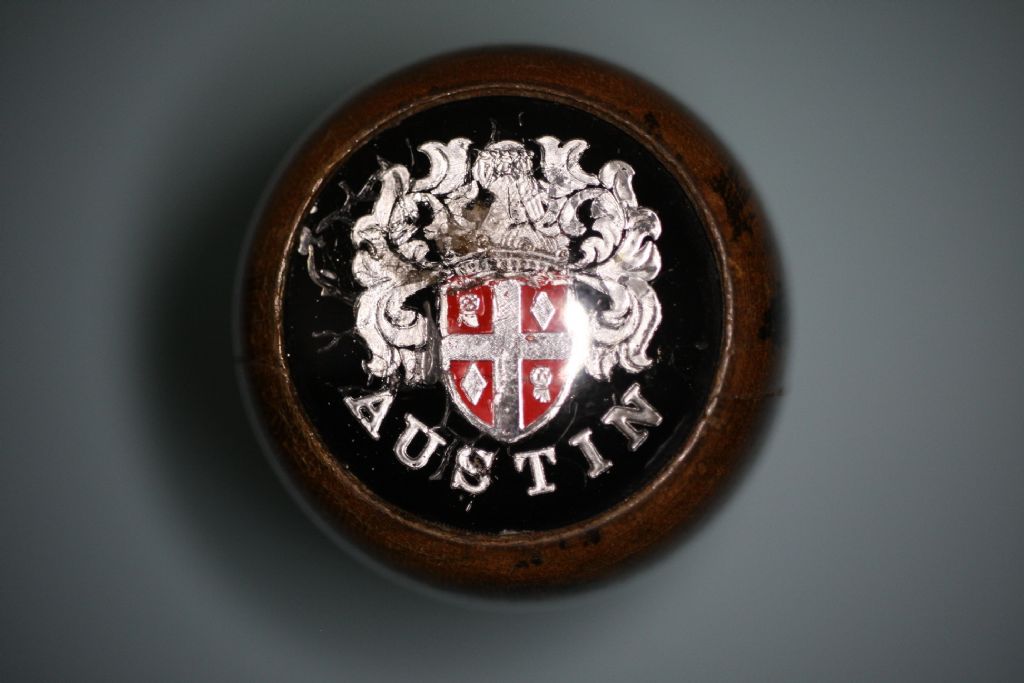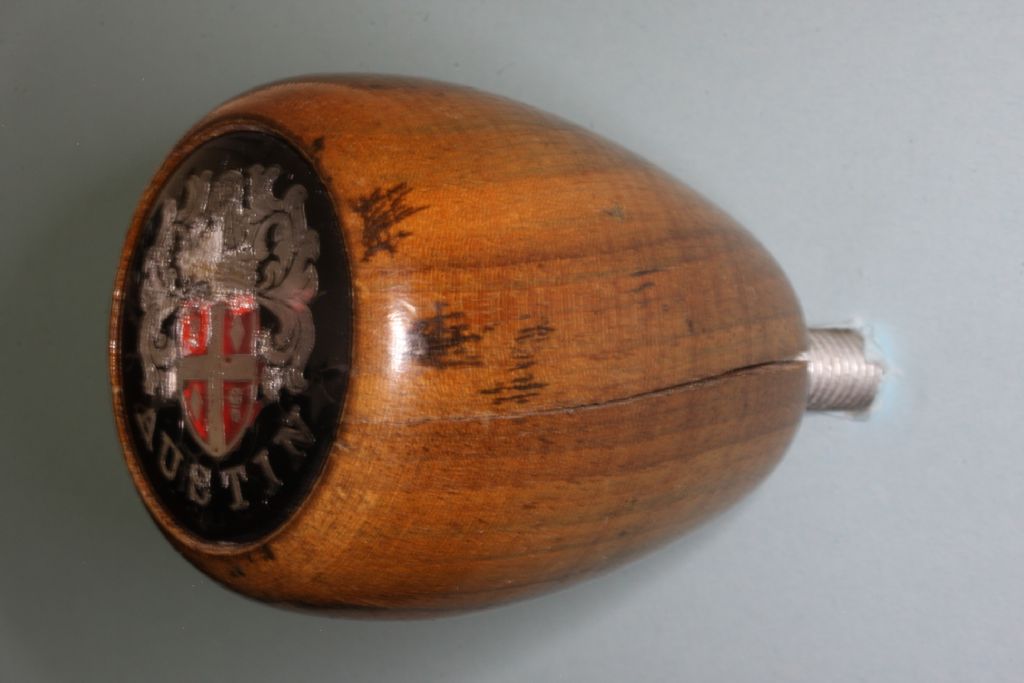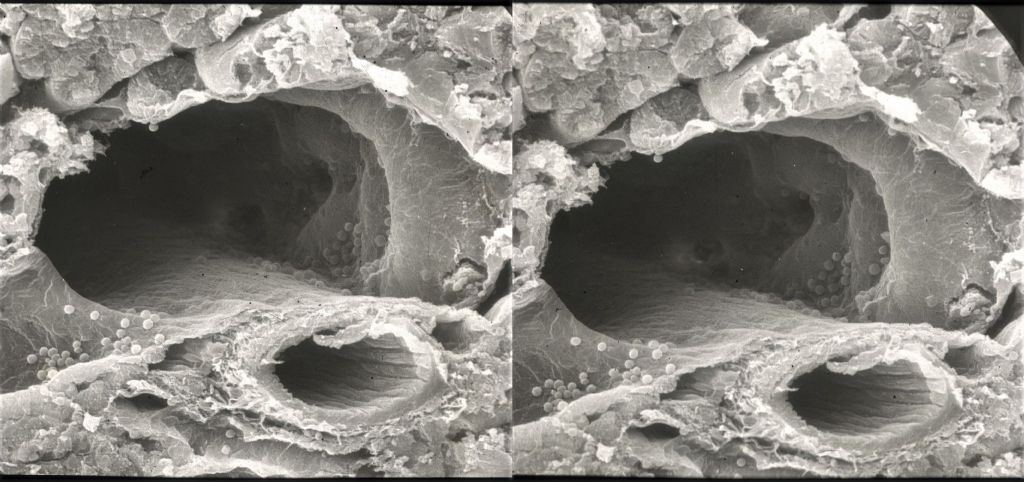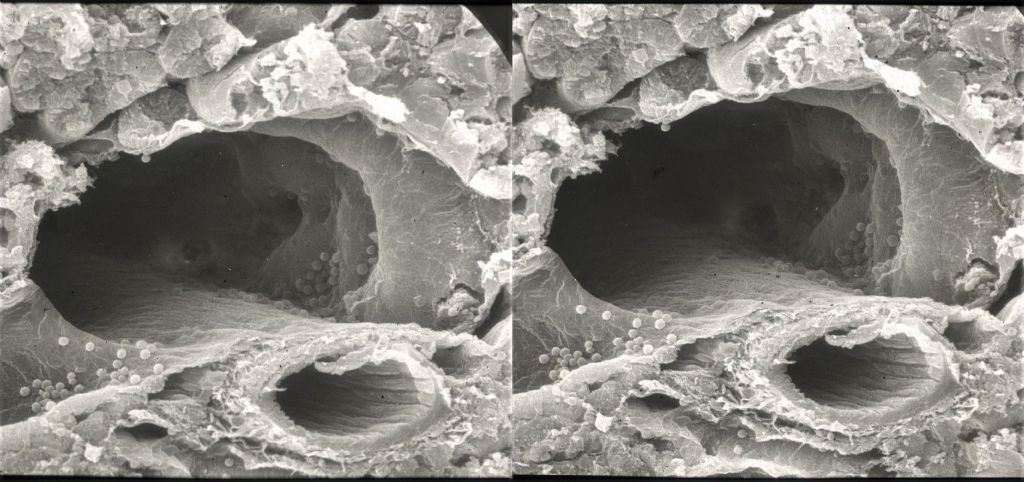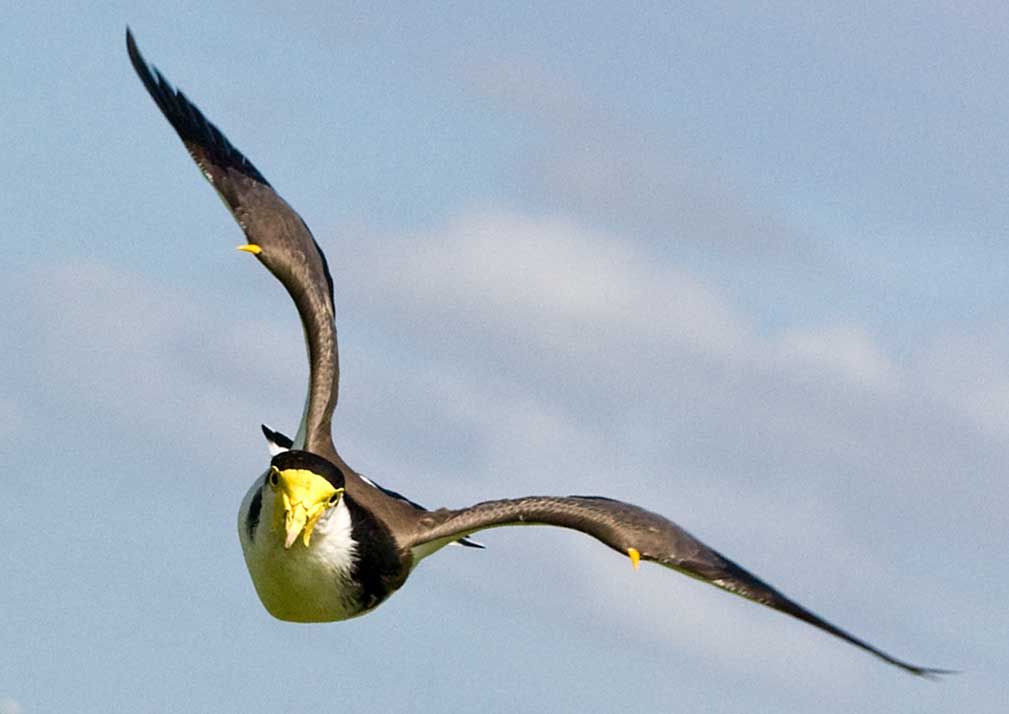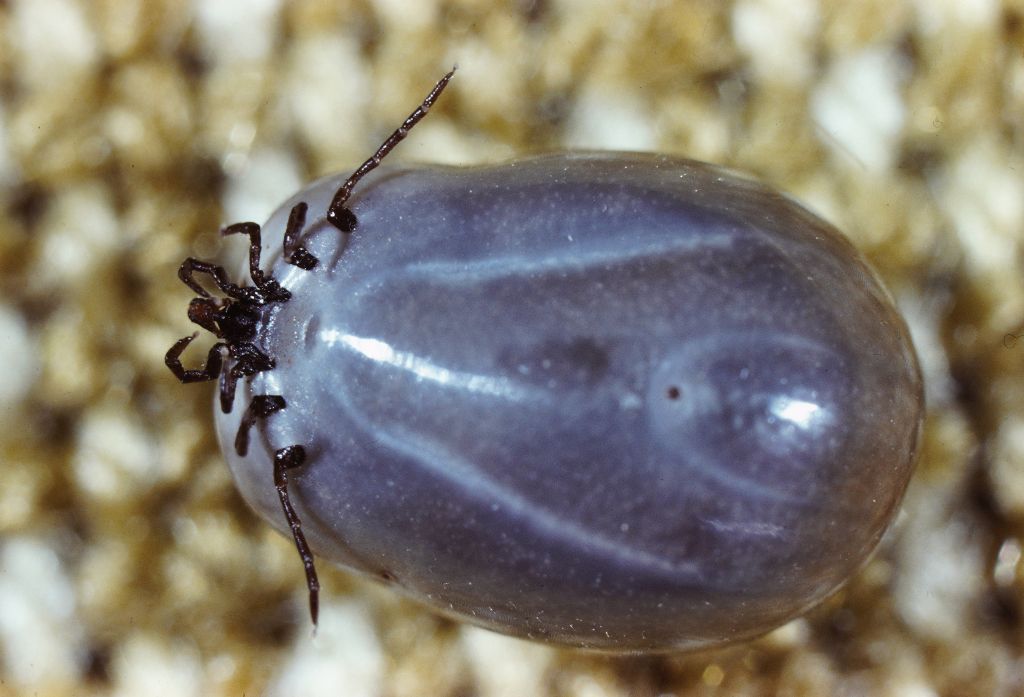Purchased a considerable time ago, the primary use for a bellows was to get up close and personal with sectioned samples.
Electronically coupled between the lens and camera (predating digital), the bellows was an excellent adjunct to my Canon kit. At the time, it was particularly useful for displaying the results of how the screw threads of plastics lids, caps, and closures matched the respective threads and lips on bottles and containers.
To digress further from the ‘Macro’ theme, here’s a typical situation where a cap is screwed onto a bottle.

It can be only be surmised how the cap actually fits on the bottle. Inverted and potted in resin however, examination in detail becomes possible.
With some of the vagaries of crystalline polymers, aspects of shrinkage could result in small changes of thread profile etc. The ‘quality of fit’ was often a matter of torque tests versus leakage. Potting and sectioning could expose design and tooling errors; sharp notches are a significant cause of premature failure.
This was also an issue with the fit of snap-on container lids. By their very nature, thread profiles (and undercuts) of softer plastics could readily take up their own position during capping. With that degree of uncertainty, a way of accessing their actual position (after assembly) was not easy.
To gain access (after torquing), it was necessary to remove a portion of the bottle near the neck. Inverted in a suitable container, the epoxy resin was drizzled into the space. A vacuum removed trapped air. To avoid an excess of adiabatic heating and the consequential softening of the plastics components, it was important to minimise the volume of epoxy for any one pour. Several ‘pours’ becoming necessary for larger items.
After the epoxy had cured, it was my usual practice to machine the assembly; across the centreline with a capped bottle. Smoothed and polished, I then photographed the prepared face at a macro-level.
Returning to the bellows,

with an extension range between 50mm and 126mm, the bellows can take over from a typical set of extension tubes of say 12mm, 20mm, and 36mm that would only stack to 68mm, or 80mm as with your set Raphael. I have no doubt that both tubes and bellows could be stacked for even greater extension. Others here could perhaps comment upon the limitations, e.g. depth of field, etc.
Here are a couple of earlier images taken with my Canon EOS 300D camera, through the Novoflex bellows and a Canon EF 100mm f/2.8 Macro USM.


As with a variety of stuff accumulated over the years, I have to admit that the bellows is seldom in use these days.
Having ventured into stereo pairs, I intend to find a subject which will feature both the bellows and macro lens while providing a bit more 'fun' for us who are cross-eye 'gifted'.
Sam
PS – I'm looking forward to seeing any interesting bits you find in the bird pellet Michael.
Edited By Sam Stones on 05/06/2020 22:47:03
 Michael Gilligan.
Michael Gilligan.

